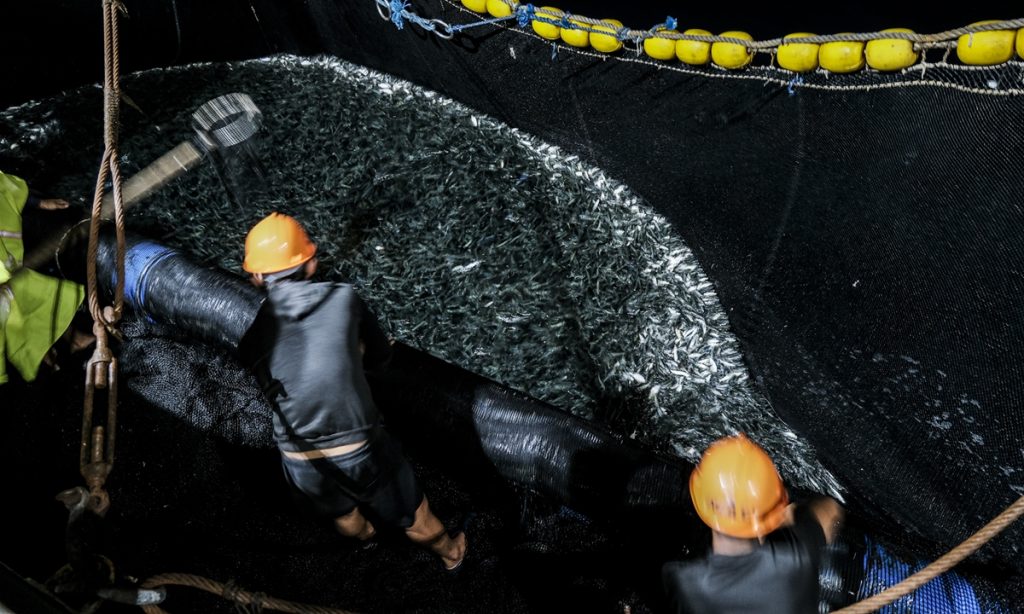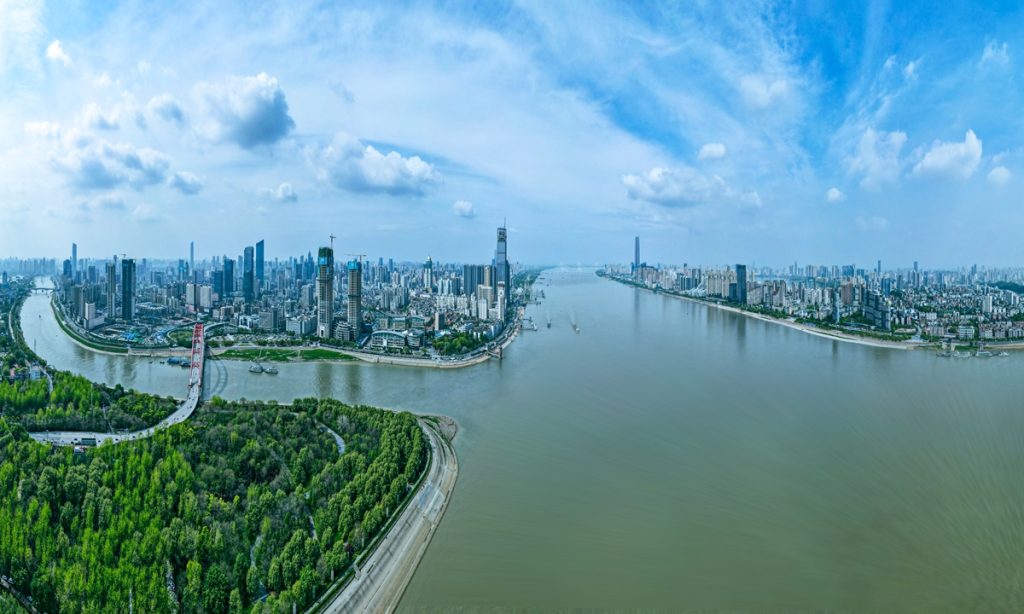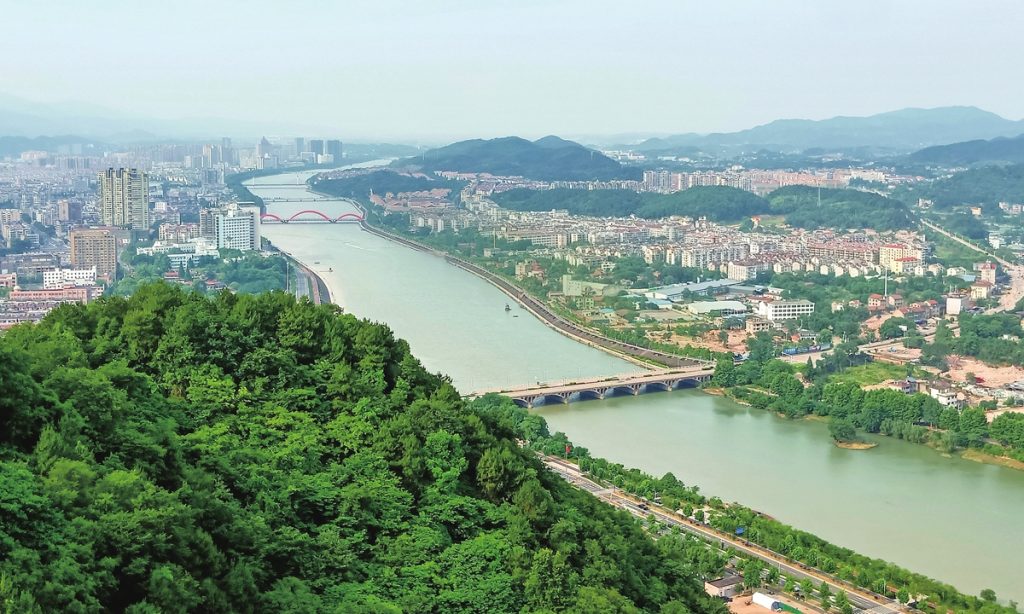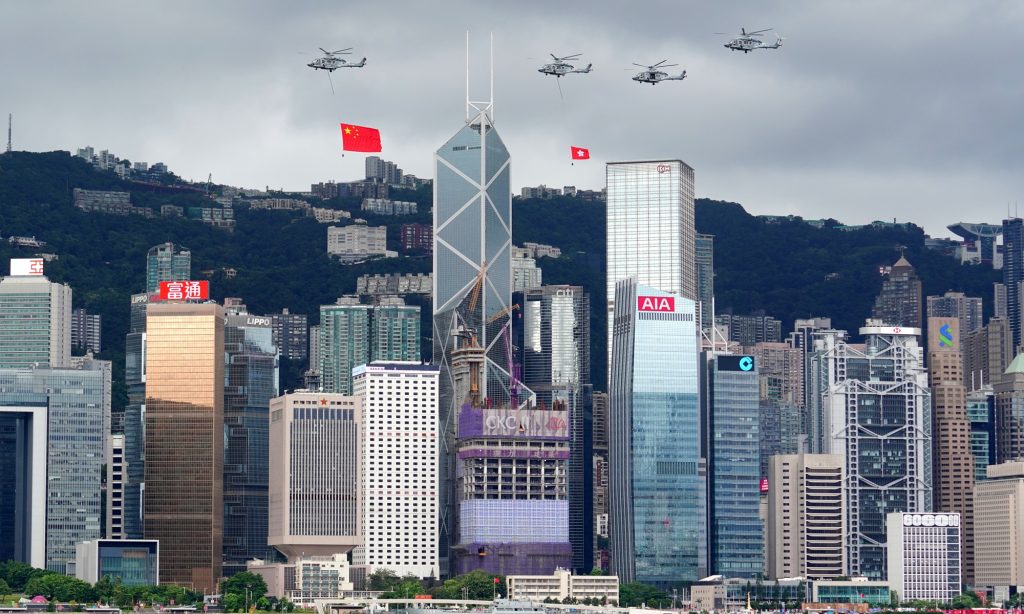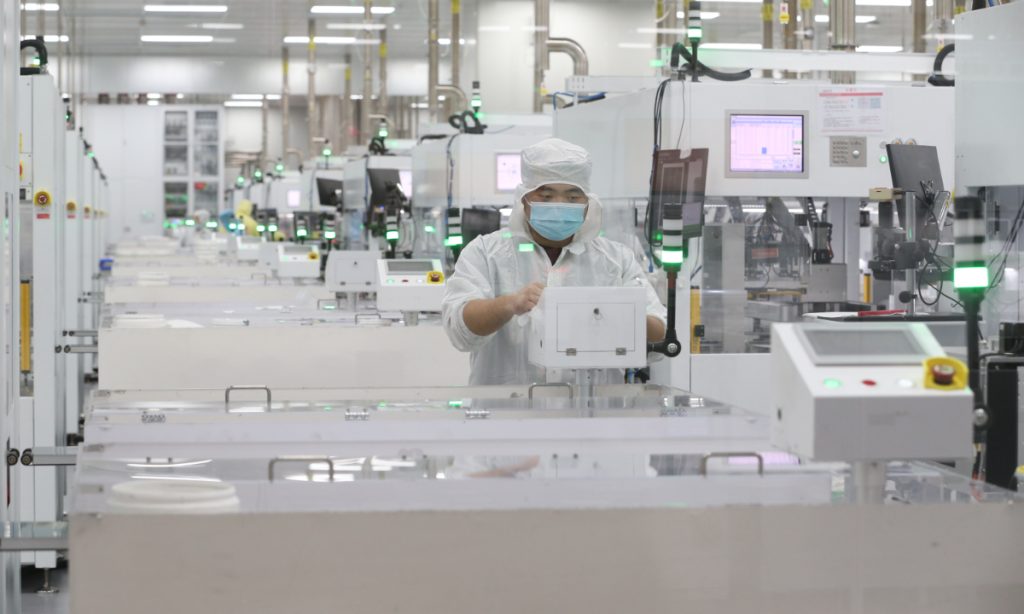GT investigates: Boeing incidents spotlight chronic woes and systemic problems in US manufacturing sector

As of March 18 this year, Boeing's stock price had fallen by 28 percent, while the international rating agency Fitch Ratings stated that Boeing's default risk is gradually approaching junk bond status.
The American news website Quartz recently sorted out "A timeline of Boeing's brutal 2024 (so far)." On January 5, a Boeing 737 Max jetliner's built-in emergency door fell off, starting Boeing's "chaotic year." Subsequently, from February 6 to March 15, there were at least five safety incidents, including a stuck rudder pedal, wheel detachment, rapid air descent, a tire explosion, and missing external panels. On March 9, the death of former Boeing employee John Barnett, who had previously exposed serious deficiencies in Boeing's oxygen system, also sparked media speculation.
Industry insiders and experts reached by the Global Times revealed that behind the frequent incidents is the American hegemony that has fallen apart like scattered nuts and bolts on the floor. The serious safety problems of the head of the US aerospace industry and the world's leading manufacturer of civil and military aircraft have also made the US media, scholars and the public think of the long-standing systemic problems in the country's manufacturing industry, and reflect on the entire trajectory of "deindustrialization" and "re-industrialization" in the US.
Competitive pressure
Chinese student Li Yu, who lives in St. Louis, Missouri, where Boeing has a factory and is one of the local pillar industries, told the Global Times that she often encounters Boeing employees attending advanced training classes at the university.
Although she has heard of the recent incidents, Li admitted that in the US, it is difficult to avoid Boeing planes for most people when traveling.
"When taking a plane, although I feel uneasy, I can only grit my teeth and go through with it," Li said.
A former airline employee from Georgia told the Global Times that the majority of the planes used by airlines in the US are Boeing planes, many of which are quite old. Airlines have detailed operating instructions for Boeing planes, and he guessed that the airlines involved in the recent incidents might not have maintained the Boeing planes as directed.
"It's as if I'm watching a troubled child," said Captain Dennis Tajer, the lead spokesman of the Allied Pilots Association, when describing flying a Boeing 737 Max, according to BBC.
Tajer stated that if the plane is not safe, he would never board it, and he can no longer assume that the planes he pilots are of good quality.
However, according to the American online media outlet Axios, US Secretary of Transportation Pete Buttigieg has made continued attempts to assure the US public that flying is as safe as ever. In Buttigieg's view, the "real concerns" are Boeing's quality control, but he would still sit by the window on a Boeing plane.
According to the American Forbes magazine website, fortunately, there have been no fatalities due to Boeing plane malfunctions in recent weeks. However, five years ago, within nearly five months, two crashes involving Boeing 737 Max jets occurred in Indonesia and Ethiopia, killing 346 people.
In September 2021, PBS's Frontline channel and The New York Times co-produced a documentary titled "Boeing's Fatal Flaw," which, after an in-depth investigation, revealed the systemic causes behind the Boeing crash incidents - competitive pressure, inadequate pilot training, and regulatory absence.
According to the documentary, the 737 Max model was born under intense competitive pressure. In 2011, Airbus launched the new, more energy-efficient, and higher-efficiency model A320neo, and reached a preliminary agreement with a US airline, marking the airline's first order with Airbus in over a decade. Under this pressure, Boeing urgently initiated the design program for the 737 Max model.
Former employees involved in the work revealed that Boeing executives consistently pressured the staff to design the new model "faster, better, and cheaper," continually trying to reduce costs and minimize changes to the new plane to simplify pilot training differences, and to get the new model to market as quickly as possible.
The Federal Aviation Administration (FAA), which was supposed to regulate Boeing, authorized some of the safety inspection work to Boeing's own employees, leading to numerous cover-ups.
Increased risks
In this year's safety issues with Boeing, the far-reaching impact of the aforementioned systemic problems is still evident.
Analysts noted that Boeing's decline is the result of prioritizing profits over decades. Jack Welch, former CEO of General Electric, who influenced Boeing's culture with his "lean management" philosophy, focused on cutting manufacturing processes and workforce to boost stock prices.
Boeing's excessive reliance on outsourcing, as reported by The Wall Street Journal in January, has also led to safety issues and increased risks, with critical components being manufactured globally.
Moreover, interviews with industry executives revealed that production pressure and loss of experienced workers caused further problems. Boeing, needing to meet growing aircraft demand, reduced quality checks while prioritizing production speed, Reuters reported.
The international logistics media site Polar Star reported that the US aviation industry has long been troubled by supply chain issues. Many parts are in short supply, with delivery times for some metal parts and windshields being 2 to 5 times longer than normal.
The shortage of aircraft mechanics and other aviation industry professionals also strains the supply chain. Media reports say that some machine shops have sophisticated equipment but lack the labor to operate it, making licensed aircraft mechanics "as rare as unicorns," citing local experts.
Similar dilemmas
Shen Yi, director of the Research Institution for Global Cyberspace Governance at Fudan University, told the Global Times that the frequent Boeing incidents actually manifest the falling of US hegemony.
Boeing, based on neoliberal business and management concepts, once enjoyed the dividends of the Cold War. Now the company has shifted its focus from quality control to cost control, Shen said.
He pointed out that additionally, the US government, driven by the so-called "identity politics" movements that emphasize diversity and equality, has made technical skills, capabilities, and experience secondary factors in personnel selection and appointment.
Therefore, after a period of sedimentation and accumulation, the lack of focus on the expertise has led to the increase in safety-related accidents this year, he noted.
Recently, the US magazine Foreign Affairs published an article pointing out the problem of the "privatization and the hollowing out of the US defense industry." In addition to the defense field, many other manufacturing sectors are reportedly facing similar troubles.
According to the Financial Times, the decline of the US shipbuilding industry is causing anxiety in the US. Industry insiders widely attribute this decline to several factors. First, in the 1980s, the Reagan administration pursued a free-market economy and thus eliminated most subsidies for the shipbuilding industry. US defense officials and unions have stated that due to the shrinking domestic manufacturing base and outsourcing, a significant portion of the materials and components needed to produce new ships are no longer available domestically. And this is also happening in other manufacturing sectors.
In addition, due to the "just-in-time" production methods adopted in recent decades, US contractors are reluctant to maintain redundant capacity. Furthermore, industry consolidation and the rise of shipbuilding industries in Japan, South Korea, and China have led to reduced investment in technology, factory equipment, and worker training in the US, according to the article.
Analysts pointed out that the real issue with US labor is its low productivity as workers have long demanded high wages and work-life balance. Moreover, the infrastructure conditions in the US are not promising.
Reports showed that much of the existing infrastructure in the US was built in the 1960s. Therefore, much of it is virtually defunct.
While the US Congress passed the Bipartisan Infrastructure Deal (Infrastructure Investment and Jobs Act) in 2021, the real process of upgrading the infrastructure is slow as there is no consensus on funding and building.
Misplaced obsession
According to the 2024 manufacturing industry outlook issued by Deloitte, the manufacturing sector in the US will continue to face challenges this year. However, several US media outlets and think tanks are optimistic about the country's manufacturing industry.
In October 2023, the Cato Institute, a US think tank, published an analysis titled "The Reality of American Deindustrialization," arguing that "American manufacturing has not disappeared but has undergone a transformation instead."
While US politicians have been actively advocating for the reviving of manufacturing, an article published by The Hill pointed out that "unfortunately, this obsession with manufacturing is misplaced."
"This manufacturing subsidy war will be expensive and will support inefficient sectors, raising costs for households and firms. For example, most estimates of semiconductor chip fabrication in the US are that it costs up to 50 percent more than fabrication elsewhere. American taxpayers will eventually bear the cost of subsidizing this kind of relative inefficiency," it said.
Several experts told the Global Times that reviving the manufacturing industry requires good infrastructure, research and development investment, industrial support, a continuous supply of adaptable labor, as well as a global network supporting the supply chain and trade value chain.
Even the US, once known as the "world's factory," would find it difficult to fill the gap and revive its manufacturing sector, Zhang Yugui, dean of School of Economics and Finance in Shanghai International Studies University, told the Global Times.
"If the US tries to revitalize its manufacturing industry, it must abandon the zero-sum game mentality and instead form an effective division of labor and cooperation with major manufacturing powers such as China, Europe, Japan, and emerging economies. It should not continue to artificially build 'small yard and high fence'. However, even if some advanced manufacturing industries are lured back to the US, it would be a short-sighted strategy that is unlikely to succeed, Zhang noted.
